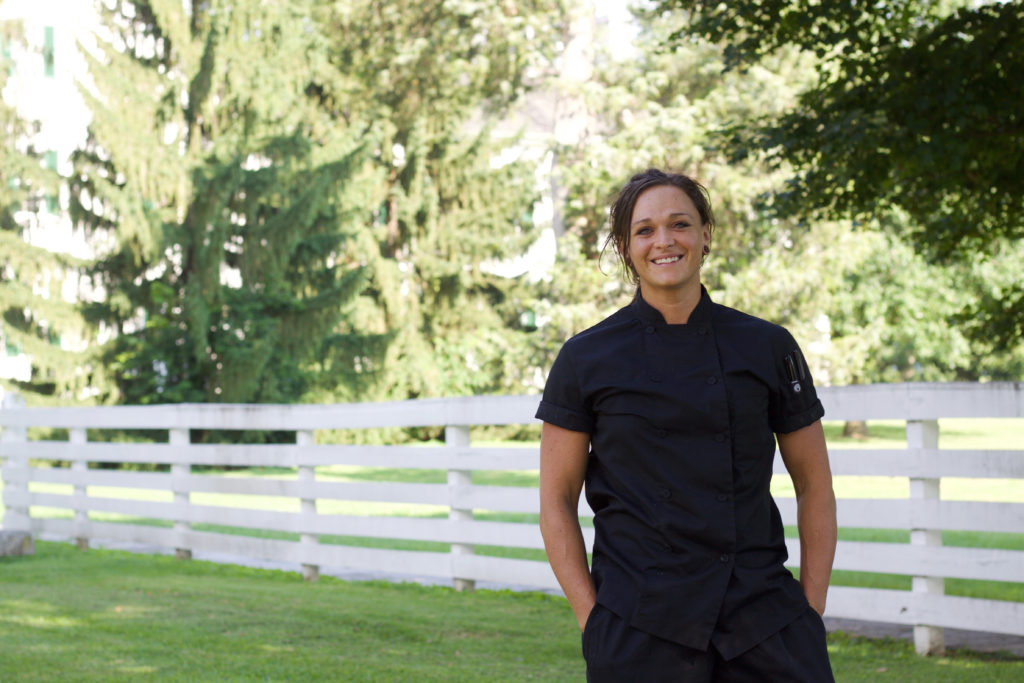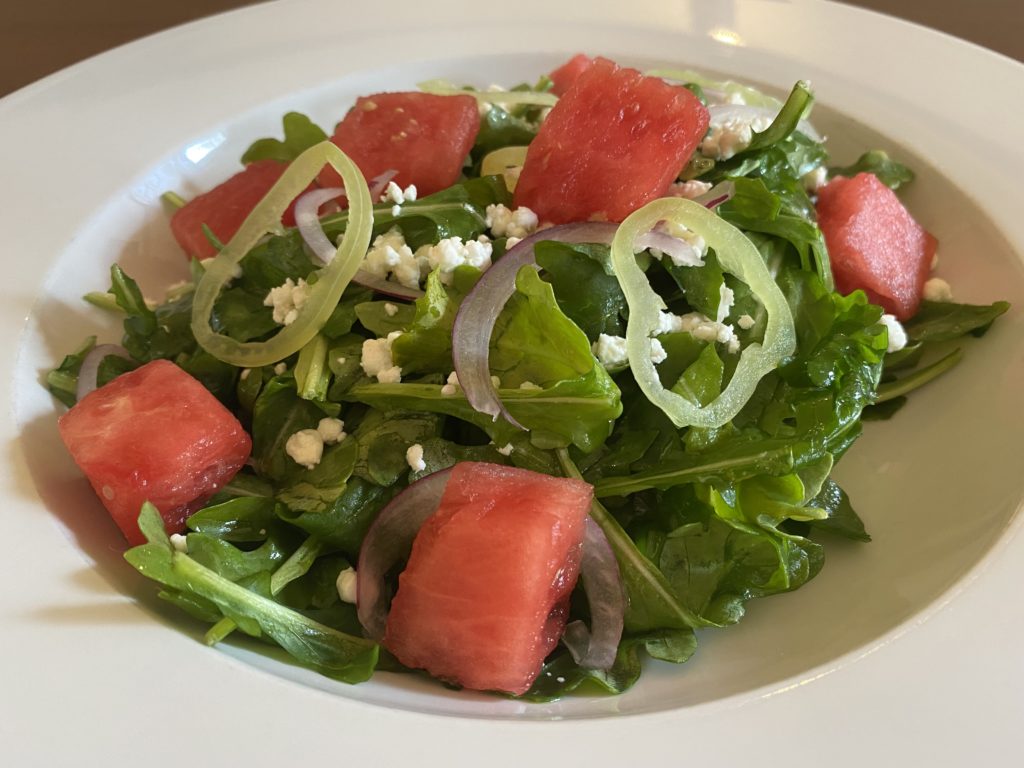A few months ago, Shaker Village hosted Little English, a female-led Lexington, Ky. based children’s clothing line, for their fall collection photoshoot. The Village was a perfect fit for the countryside chic vibe they were looking to capture. We enjoyed having them so much that we invited them to be a guest blogger this month. Read on for a behind-the-scenes look at the making of the shoot and visit littleenglish.com to shop the collection, and receive 10% off through October 31, 2022 by using code: SHAKERVILLAGE10 at checkout.
Guest Blogger Siobhan O’Neill, Little English Affiliate Marketing Specialist
Established in 1805, Shaker Village of Pleasant Hill was once the third largest Shaker community in the US. This landmark destination includes 3,000 acres of discovery in the spirit of the Kentucky Shakers and is home to the country’s largest private collection of original 19th century buildings. Shaker Village’s rich history, beautiful countryside, and proud roots were a few reasons Little English decided to host our fall 2022 photoshoot at this destination, just outside of Lexington, in Harrodsburg, KY.

Like Shaker Village, Little English values tradition. Shaker Village’s mission is to inspire generations through discovery, by sharing the legacies of the Kentucky Shakers. Similarly, Little English works to preserve tradition in clothing by curating classic and high-quality children’s clothing that celebrates childhood. The emphasis Shaker Village places on nature preservation, history, and tradition made it an easy location choice for Little English.

One of the historically significant and well-preserved landmarks of Shaker Village are the dry-stack stone fences that can be seen when you first drive onto the property. Pleasant Hill once had more than 40 miles of dry-stack stone fences. Today, they repair and maintain 25 miles of these fences famous to the Bluegrass. Like most of the stone fences in the Bluegrass region, the ones that surround Pleasant Hill were built by Irish and African-American stone masons (learn more about their history here). Little English featured these stone fences in our photoshoot because of their beautiful and unique texture and historical significance to Kentucky.

The display wagon, used in Little English’s photoshoot, is housed in the Scale House. Built in 1875, the Scale House was used as a weigh station for heavy loads of cargo used by the Shakers. The wagon you see today is a reproduction of the Pennebaker Brother’s original wagon used to haul coal, brick, and other supplies on the property.

Utilized as a location for retreats, meetings and reunions today, the West Lot Dwelling was once a gathering house for apprentice members of the Shaker community. In the late 19th century, it became a home for Swedish immigrants and later turned into the Pennebaker Home for Girls. Little English did the majority of our shooting in and around the West Lot Dwelling because of the beautiful interiors, grand porches, and lush outdoor areas.
Little English was so grateful for the opportunity to partner with Shaker Village on our fall 2022 photoshoot. The 3,000 acres of rolling hills and 19th century buildings provided endless shooting opportunities to capture Shaker Village’s beauty and highlight the mood and inspiration behind our fall collection.
Fall is a great time to discover all that Shaker Village has to offer with special events, daily tours, a seed-to-table restaurant and overnight stays at the historic Inn. To learn more or to plan your getaway to Shaker Village visit shakervillageky.org.










